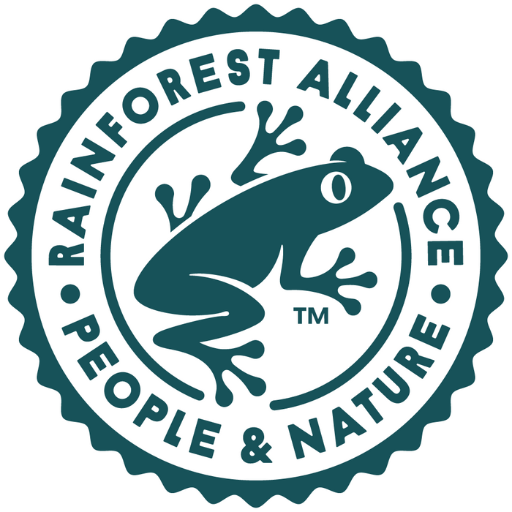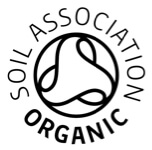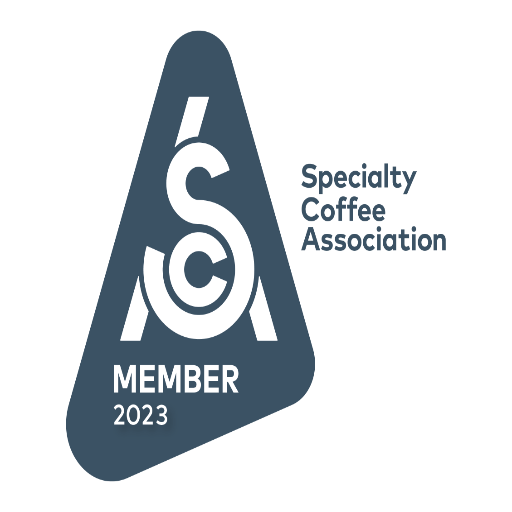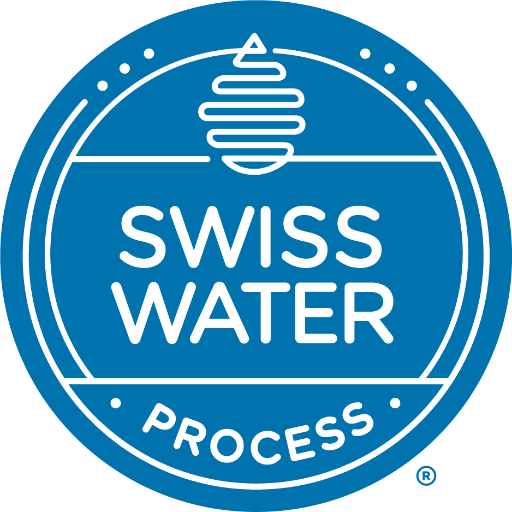DR Wakefield’s head trader Santiago Barahona recently returned from Peru where he got a first hand look at some of the microlots being supported by our very own Project 121. The personal experience, especially for smallholders, is considerably positive, and Santiago tells of inclusivity, quality, long-term support and and the natural evolution of coffee production.
We caught up with him to get the lowdown.
DRWakefield: Is there any danger of traditional farming methods being neglected in favour of microlots if it appears to be more profitable?
Santiago Barahona: Well, firstly there’s nothing really wrong with traditional methods, they are the base of coffee production in general; from there you start looking for microlots. Traditional coffee production has always been evolving and experimenting with new methods.
DRW: Is microlot coffee a guarantee of quality, particularly in comparison to similar regional coffees?
SB: It depends how you define a microlot. They can de defined based on the size of the farm where the source is more important than the quality. On the other hand, many people’s definition places emphasis on the quality of the cup profile where the source is taken into account but not given as much importance as the cup itself.
The more complete way of seeing it is where cup and source have equal importance. For example, there are places that traditionally have good coffees because they have the right conditions as well as good production and processing methods, which makes it much easier to produce these special lots.
DRW: How does the pricing work? Is it as fair as, for example, Fairtrade? Is anyone missing out?
SB: Pricing is based on quality – cup profile and preparation are key – and also the source. Prices for microlots vary from place to place, farmer to farmer, as every country will have its own price base difference according to its cost of production and market conditions. So usually you pay more for microlots than just Fairtrade coffees.
However, as is the case with Project 121, we work with farmers who are already Fairtrade and organic certified, so many have experience in being organised and have processes in place that enable them to be a small, top quality producer. Project 121 rewards these very good farmers by adding value to their coffees and connecting to coffee roasters who are willing to support them on a longterm basis.
DRW: What about legitimately small farms that produce high quality beans? Is their work in danger of being overlooked by microlots at more established farms?
SB: The good thing about the microlot ‘movement’ is that anyone can be part of it. Small, medium and large farms all go through that same process of selecting microlots.
DRW: What benefits can microlots offer to farmers?
SB: The main benefit is price: farmers can demand a much higher price for microlots than their regular coffee as long as it’s high quality. Also, as in the case of Project 121, it gives a face to the producers, who otherwise remain unrecognised as key players in the specialty market.
DRW: What can traders and consumers get from it?
SB: We as traders get the satisfaction of offering top coffees to our customers while at the same time adding value to the producers who have been working with us and our customers for quite some time now.
Consumers benefit from drinking tasty coffee that has been ethically and sustainably produced, and they also have the opportunity to learn more about the person who helped produce the cup they’re drinking. We hope this will help to foster a greater connection with the source.
DRW: What do microlots offer to the land itself?
SB: When farmers get a good income from what they do, they’re able to invest some of their success back into their farms. Usually the effect is very positive as the land is well looked after, meaning it’s not just the crop but the land (trees, water sources, animals, birds etc.) too, as most of these coffees are shade grown or sustainably produced.
DRW: Can a farmer specialise in microlots or should they be considered secondary to regular farming?
SB: It’s an additional way of improving your income, but not the only way. As explained above, not all the coffee that is produced meets the criteria of a microlot.
DRW: Can you tell us about some of the coffees and farmers – especially those DR Wakefield work with?
SB: We source microlots from many origins as our supply chain has always been strong and it is something that facilitates the availability of these unique lots. Also, for the past 2 years we have gone beyond the typical microlot model and we offer roasters the opportunity to work closely with farmers in the long term under the umbrella of Project 121.
DRW: How do you see the future of microlots? Will their quality increase or will the trend pass?
SB: Microlots are here to stay. There is no single solution to the problems that farmers face worldwide, but microlots offer a good way of adding value and preserving livelihoods. However, it’s important to recognise that this is not the only answer.
Want to talk microlots? Our trade team are happy to chat to anyone who’ll listen. Drop them a line on 020 7202 2620. And for regular updates, follow on Twitter and Instagram.









